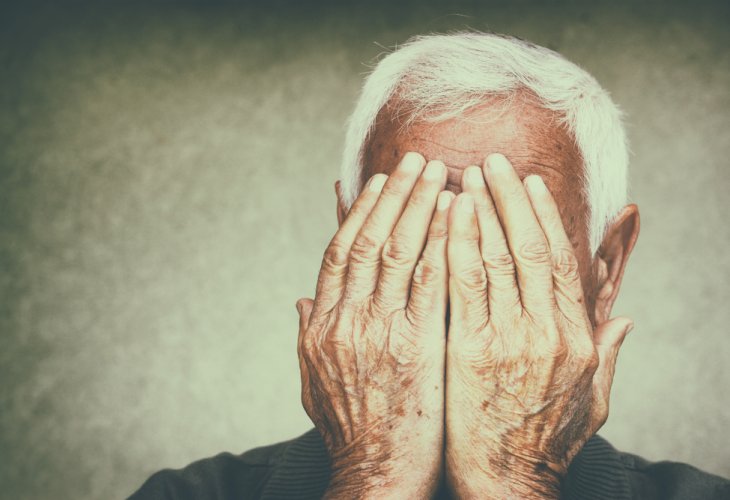The Holocaust
The Holocaust Survivor’s Dance: A Lesson in Finding Joy After Unimaginable Loss
A Holocaust survivor found healing through an embrace, and a timeless reminder that even after tragedy, life’s every day is a blessing to live with purpose
 (Photo: Shutterstock)
(Photo: Shutterstock)There was once an elderly Jew who devoted his life to serving the students of the Ponovezh Yeshiva. With love and quiet devotion, he would scrub the floors, polish the railings, and make the windows shine.
He was a Holocaust survivor, and the only one of his family to remain alive. His wife and children had all perished in the valley of tears. Alone and broken, he immigrated to the Land of Israel. As he had arrived by himself, so he remained — withdrawn, silent about what had happened “there,” carrying within him the storms of grief and memories of a world that had been destroyed.
From time to time, waves of deep melancholy overtook him. His shattered heart could no longer contain the pain. A dull sorrow clung to his soul, threatening to choke what life was left in him.
Turning to the Rebbe in Times of Darkness
In his darkest moments, he would turn to the Gerrer Rebbe, Rabbi Yisrael Alter — the “Beis Yisrael”, pouring out his heart and soul. The Rebbe would receive him kindly, listen with compassion, and fill him with strength until the storm passed.
A Heartbreaking Moment on Simchat Torah
It was Simchat Torah. The yeshiva students danced vigorously with the Torah scrolls, and in the center of the circle stood Rabbi Yosef Shlomo Kahaneman, the founder and Rosh Yeshiva of Ponovezh.
From the side, the old janitor clapped his worn, calloused hands in joy, deeply moved by the sight — the dancing students, the joy of the Torah, the holy energy filling the room.
But as he watched, his smile began to fade. In his mind’s eye, he saw the faces of his young children, radiant with innocence, pure and joyful. Jewish children — holy and precious, who had been murdered in their purity and sanctity.
His hands slowed, then stopped. The smile on his face melted into pain. His body trembled as an image rose before him: If only… if only his children were still alive, they would be dancing now—jumping with delight for the honor of the Torah.
He could almost see their glowing eyes, feel their small hands in his, as they danced together in joy. But their ashes lay scattered somewhere far away.
“Rebbe… the children!”
Overwhelmed, the man turned and made his way to the Ponovezh Rav, his steps heavy with grief. When he reached him, a great cry burst from his lips: “Rebbe! The children!”
No more needed to be said. The Rav of Ponovezh, too, had lost his wife and children in the Holocaust. The two men embraced and wept bitterly — each mourning what was, and what could have been.
Then, after a moment, the Rav lifted his head and said softly: “We must not cry for them. They were killed al Kiddush Hashem — for the sanctification of God’s Name, and have risen to lofty heights. They rest in Gan Eden, surrounded by eternal joy, in the company of the righteous and the pure. We must cry for ourselves, for we are the ones still here in this world. We must ensure that the life given to us as a divine gift is used for its true purpose. If even one day of life is wasted — have we not destroyed it and reduced it to ashes?”
The Dance of Tears and Life
The Rav of Ponovezh embraced the grieving man and began to dance with him, slowly and gently. Tears flowed down their faces, yet their feet moved in rhythm. The dance grew stronger, and soon the man’s sorrowful face began to soften into a faint smile.
There is still work to do in this world. Every day is a gift.
More students joined the dance. The circle widened, the music swelled, and the message engraved itself in the hearts of all who watched — Each day of life is a gift from Heaven, and it must be lived to its fullest.

